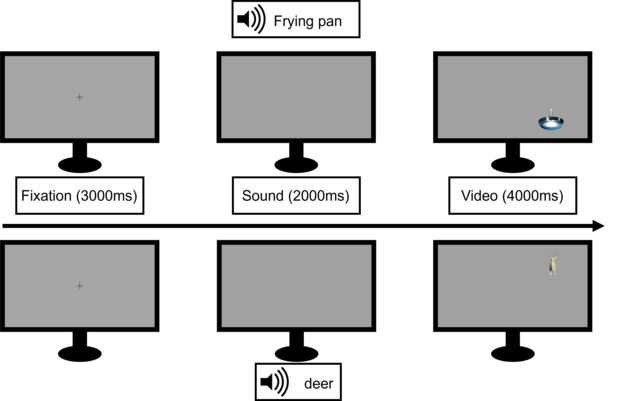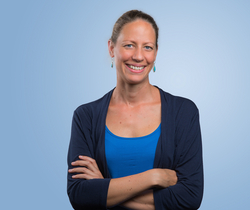Visual mental imagery characterizes our inner worlds. We mostly experience our world via visual perception and when recalling past events, we rely on mental imagery. In this project we aim to investigate the generation and inspection of detailed mental images in the elderly with an eye-tracking approach. Eye data provide a unique window to understand mental imagery and visual memory in the elderly.
When asked to recall and visualize previously seen images, we tend to look back to empty locations where the images were presented. This effect has been shown in young adults and children. In this project we investigate whether this robust effect is also present in older adults. As visual memory has been shown to decline with aging, it is relevant to find out whether older adults use their eyes when they recall visual information. It has been suggested that looking back to previously visited areas could work as a scaffolding structure for the generation and inspection of mental images.
Two age groups (20–35-year-olds and 65–75-year-olds) participate in the study. During the encoding phase, participants are presented with visual stimuli from four categories, each located in a distinct quadrant on the screen (one category per quadrant). After encoding, participants complete four different pictorial recall tasks: a mental image generation task, a mental image inspection task, a vividness rating task, and an old-new recognition task. We hypothesize that both younger and older adults will exhibit the "looking at nothing" effect; however, this effect may manifest differently in the mental images of older adults, indicating possible age-related changes in memory processing.



